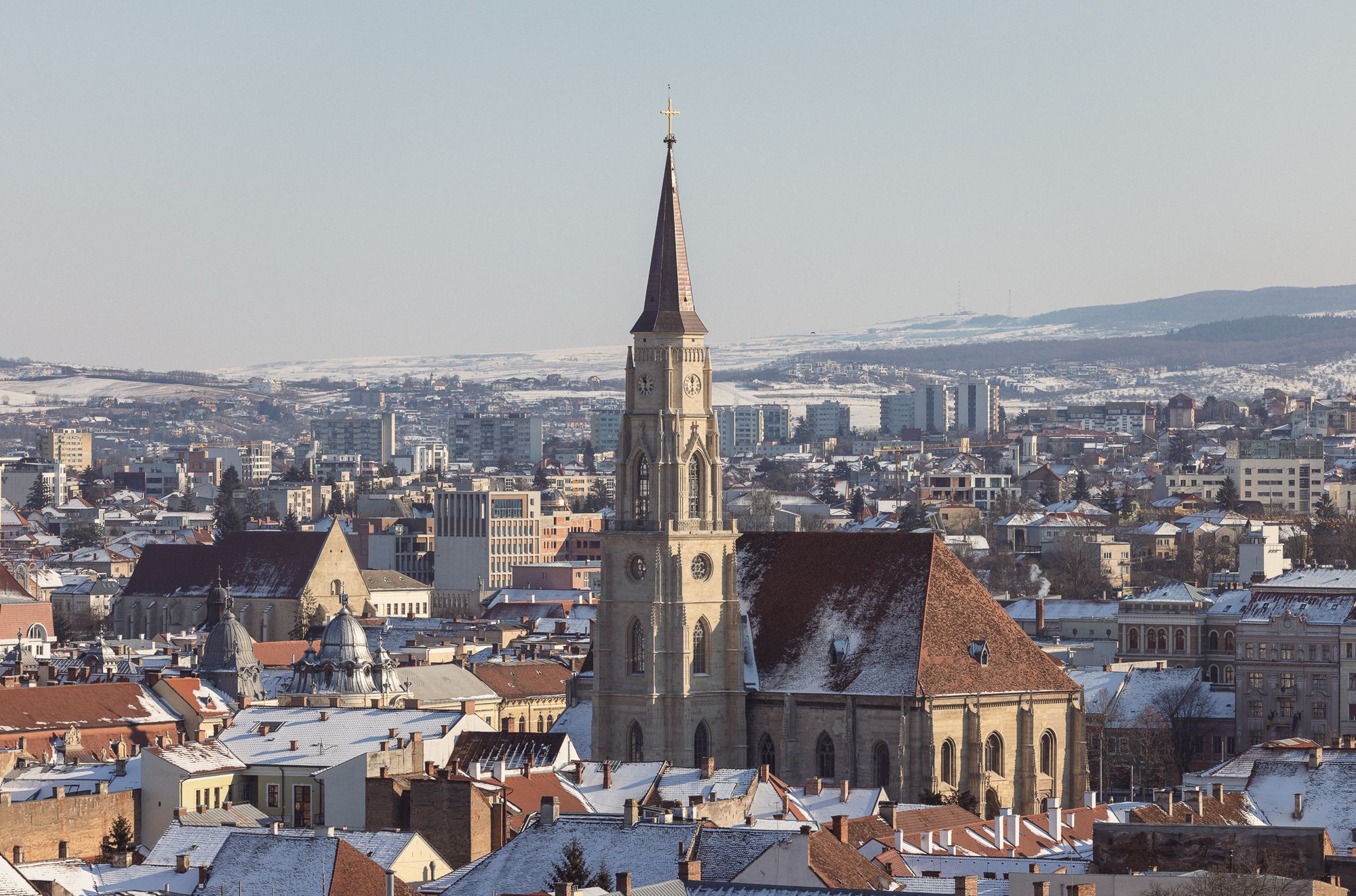It is not a bad idea to stay in the Carpathian Basin instead of a long weekend in Rome: we visited Cluj-Napoca and enjoyed its culinary and cultural scene.
Planning a long weekend is never easy: shall we stay home and relax, visit the countryside, or take a short trip to London or Milan? Each can be a perfect choice, depending on our current mood, but undoubtedly city breaks have become extremely popular in the last decade. Who would not want to drink an authentic Italian espresso in Rome? And what about a techno party in Berlin? Or would you prefer a romantic stroll and dinner in Amsterdam with smoking some weed, maybe? There is no doubt that Western cities are the stars of weekend getaways, but our region also has some attractive and exciting offerings. Transylvania’s Cluj-Napoca, one of the Carpathian Basin’s largest and most important cities, is an excellent option. Join us on a trip to Cluj-Napoca!
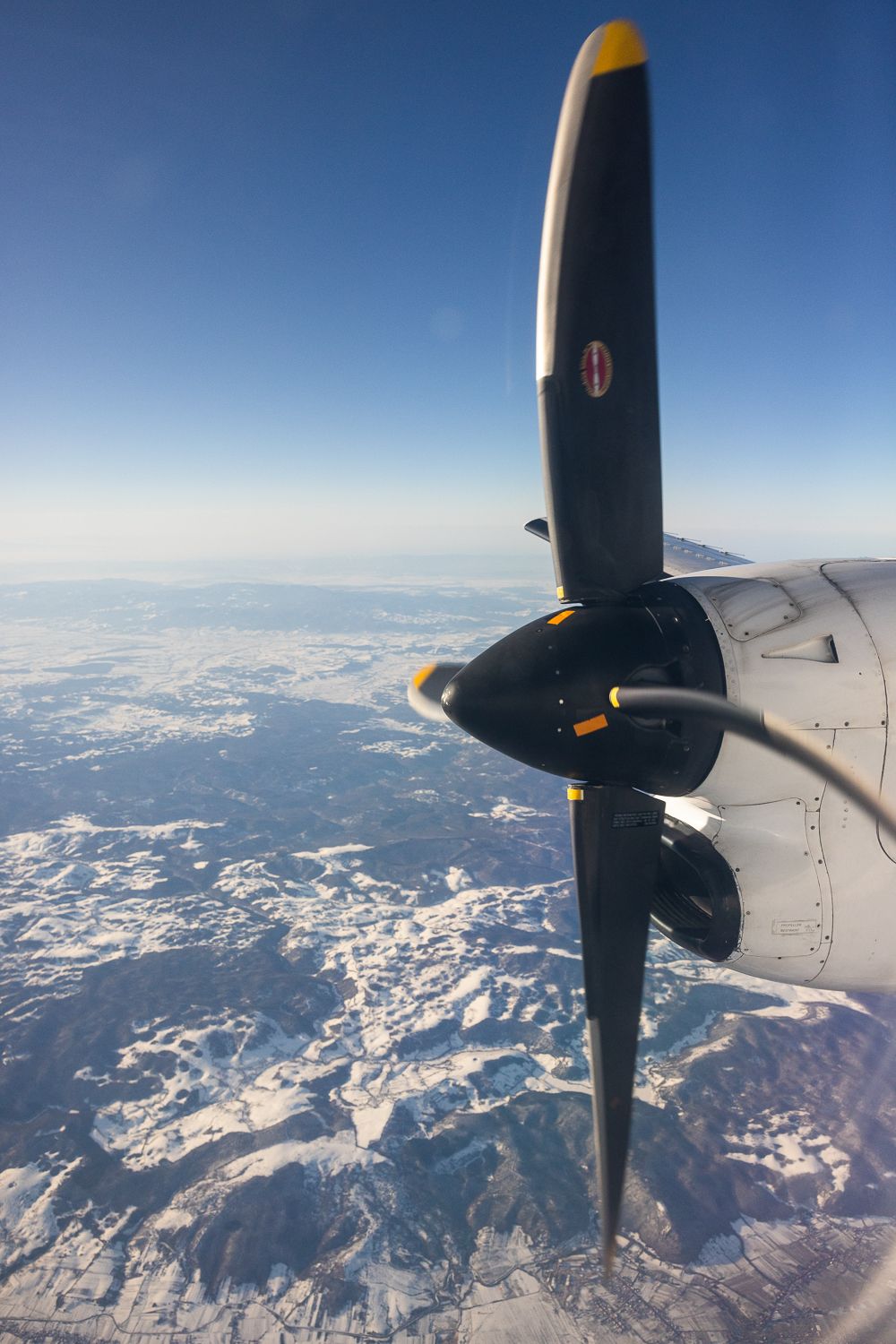
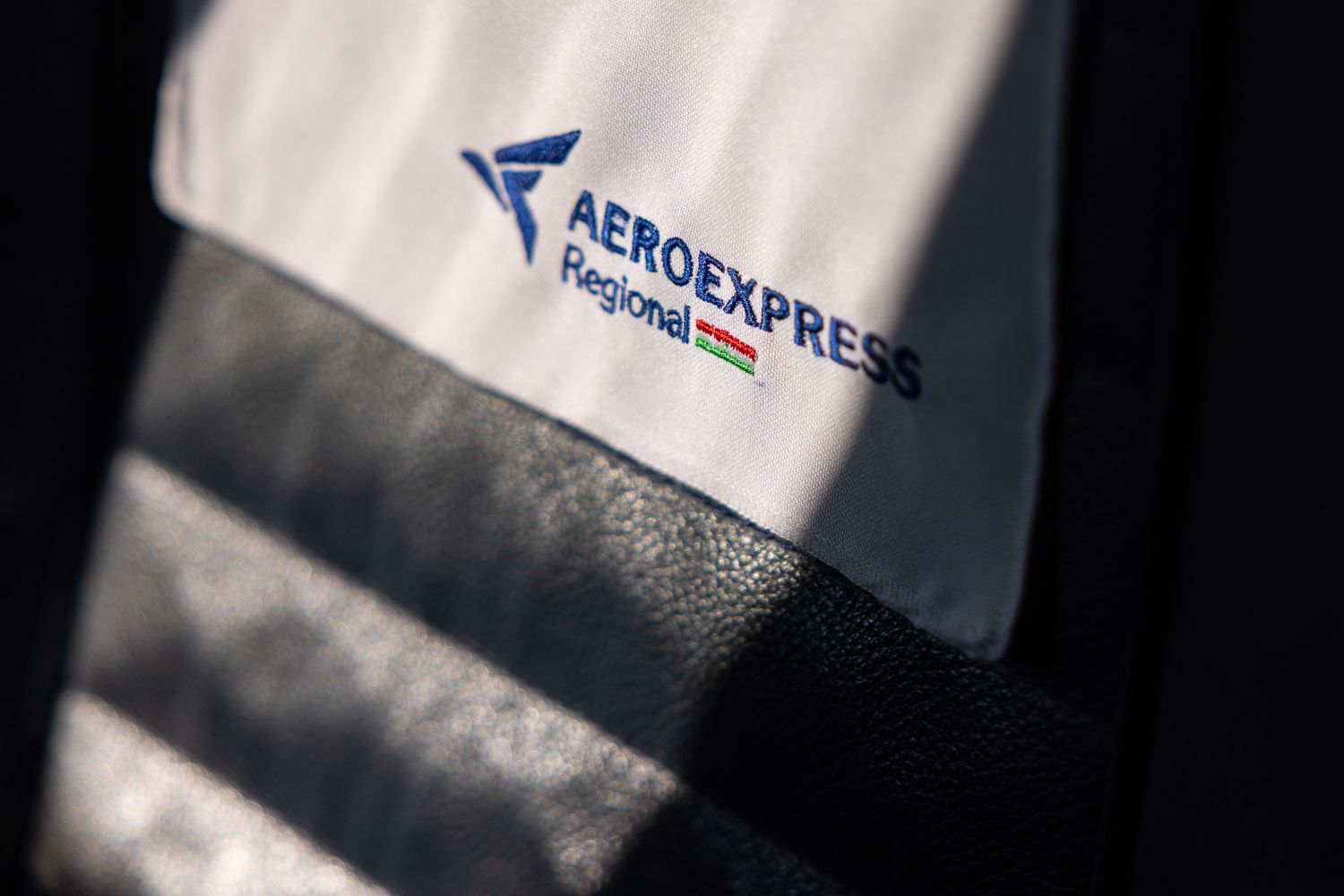

The heart of Transylvania is just one hour away from Budapest
Cluj-Napoca, or Kolozsvár in Hungarian, is Romania’s second most populous city and the capital of Cluj County. It is located at the same distance from Bucharest, Budapest, and Belgrade, which makes it one of the centers of the Carpathian Basin’s economic and cultural unit with its 300,000 inhabitants, the city is also considered the unofficial capital of Transylvania, which title was actually official in the past: during the 19th century, Cluj-Napoca was several times the capital of the Principality of Transylvania within the historical Hungarian state. The city is one of Romania’s most important scientific, cultural, industrial, and business centers today, with its two theatres, two operas, eleven higher education institutions, and several secondary schools. Interestingly, it is also home to Romania’s largest university, the Babeș-Bolyai University, surpassing its rival in Bucharest. Cluj-Napoca has always been a multicultural city, with Jews, Hungarians, and Germans living together since the Middle Ages and Romanians joining later. The German and Jewish communities are really small today, but the city has 50,000 Hungarians besides the Romanian majority. So, Cluj-Napoca is an excellent destination if we want to immerse ourselves in the rich, long-standing diversity of the Carpathian Basin!
Cluj-Napoca can be reached by direct flights from most major Central European cities. We traveled from Budapest, so it would have been 7-8 hours to reach our destination by car or train, but recently a few airlines have started to fly from the Hungarian capital to Transylvania. We took the Hungarian Aeroexpress Regional’s flight and reached Cluj in less than an hour, which is more than simply advantageous considering the other options. Aeroexpress Regional flies the route with a 30-passenger Embraer 120 aircraft; the plane is comfortable, and the service is above par as water, coffee, tea, and snacks are available during the 45-minute journey. The Budapest-Cluj-Napoca route is also served by the recently launched Romanian AirConnect. After the comfortable and quick plane ride, we took a bus into the city; fortunately, Cluj-Napoca has excellent public transport so that we can get anywhere quickly and cheaply by bus or tram. We started with the city center.
History around every corner
As the heart of Transylvania, Cluj-Napoca has witnessed much of the Carpathian Basin’s history, which can be felt on every corner. The city’s main attraction is the 14th-century Gothic-style St Michael’s Church, the earliest hall church in Transylvania. Over the centuries, the religious site has been a Lutheran, Calvinist, and Unitarian church, but finally, the Habsburgs gave it back to the Catholics. The church had a significant influence on Transylvanian architecture; its neo-Gothic tower is the tallest in Transylvania and can be visited via a spiral staircase. Only fragments of the church’s medieval wall paintings have survived, but they have been beautifully restored, giving the sacred space a majestic atmosphere.
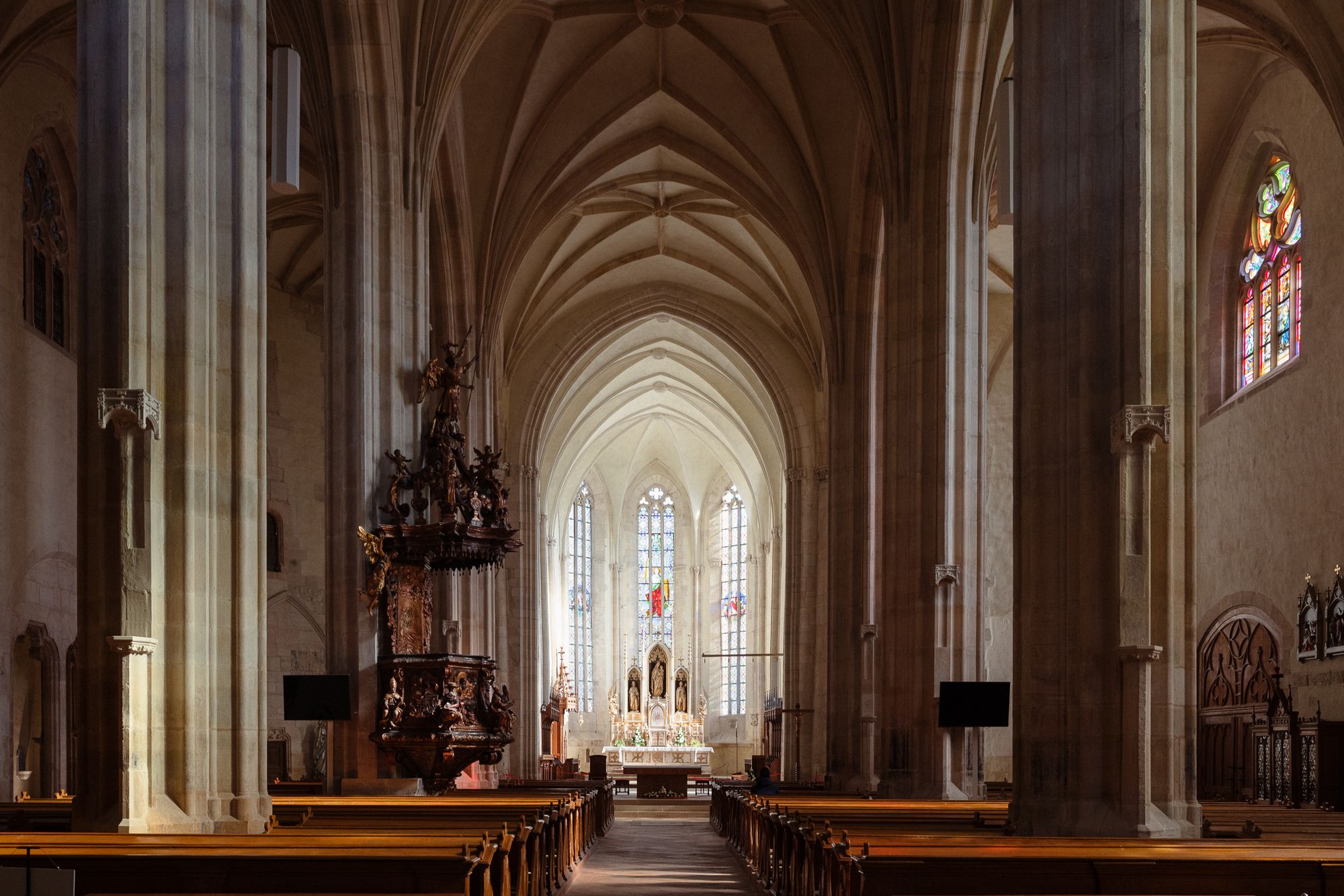

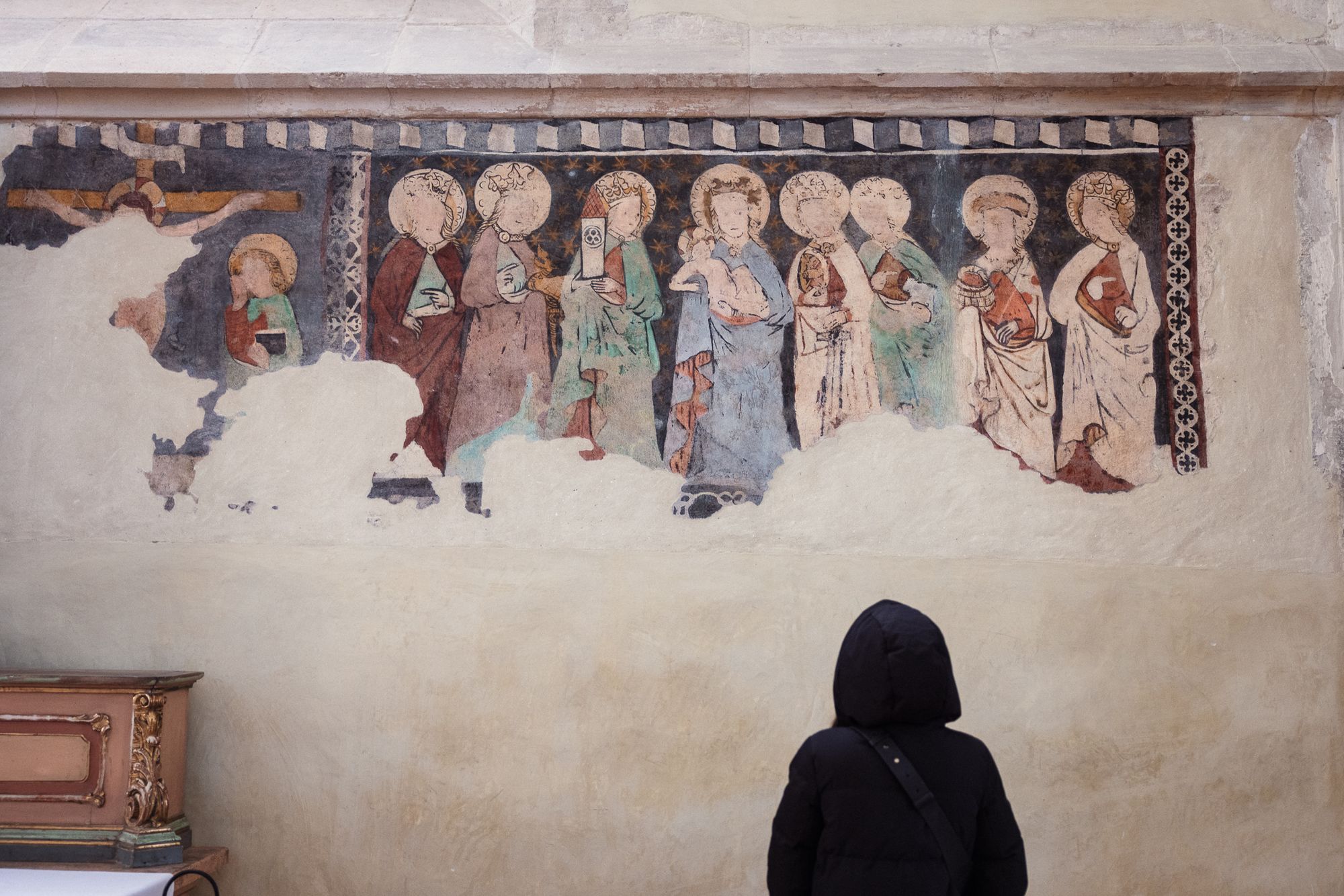
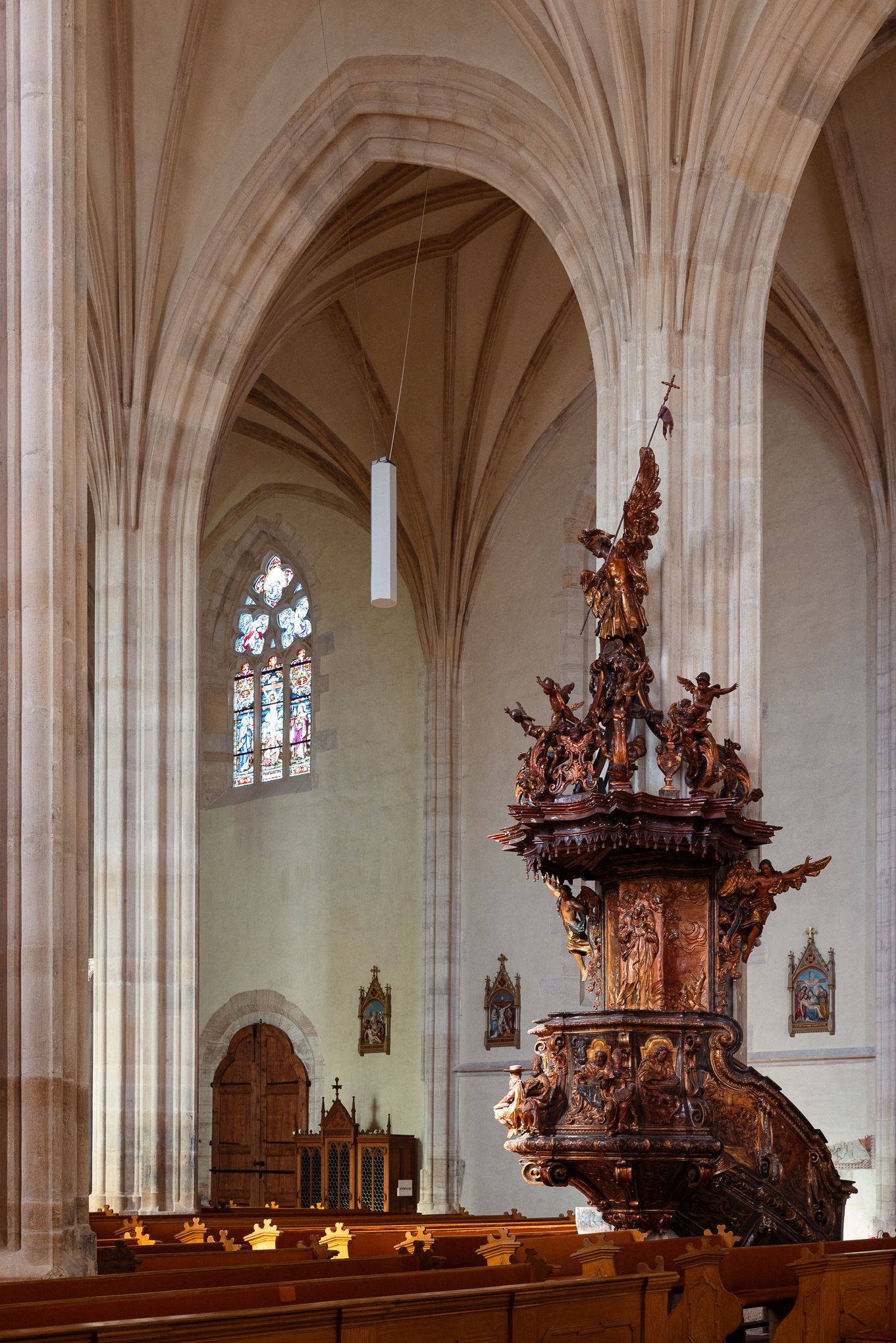

Stepping out from the jewel of Cluj-Napoca’s Main Square (Piața Unirii), we can admire many historic buildings, as this was the center of Transylvania’s capital, where many noble families lived, and sometimes markets were also held here. The most outstanding of the houses is the Bánffy Palace, the city’s most beautiful Baroque building from the 18th century. Today it houses the Art Museum of Cluj-Napoca. One of the most impressive Hungarian equestrian statues is also here, the statue of Hungarian King Matthias Corvinus by János Fadrusz. The bronze sculpture group won the Grand Prix at the 1900 World Exhibition in Paris, becoming the pinnacle of Fadrusz’s career and a symbol of Cluj-Napoca. King Matthias I was born in Cluj-Napoca, and the house where he was born can still be visited today. The white, modest palace is one corner from the Piața Unirii; it commemorates one of Hungary’s most powerful medieval rulers. Matthias Corvinus was one of the greatest kings in the history of the Carpathian Basin and Central Europe, who is important not just for Hungarians but also for their neighbors. It is interesting to note that the Matthias Corvinus House is the oldest two-story townhouse in the city.
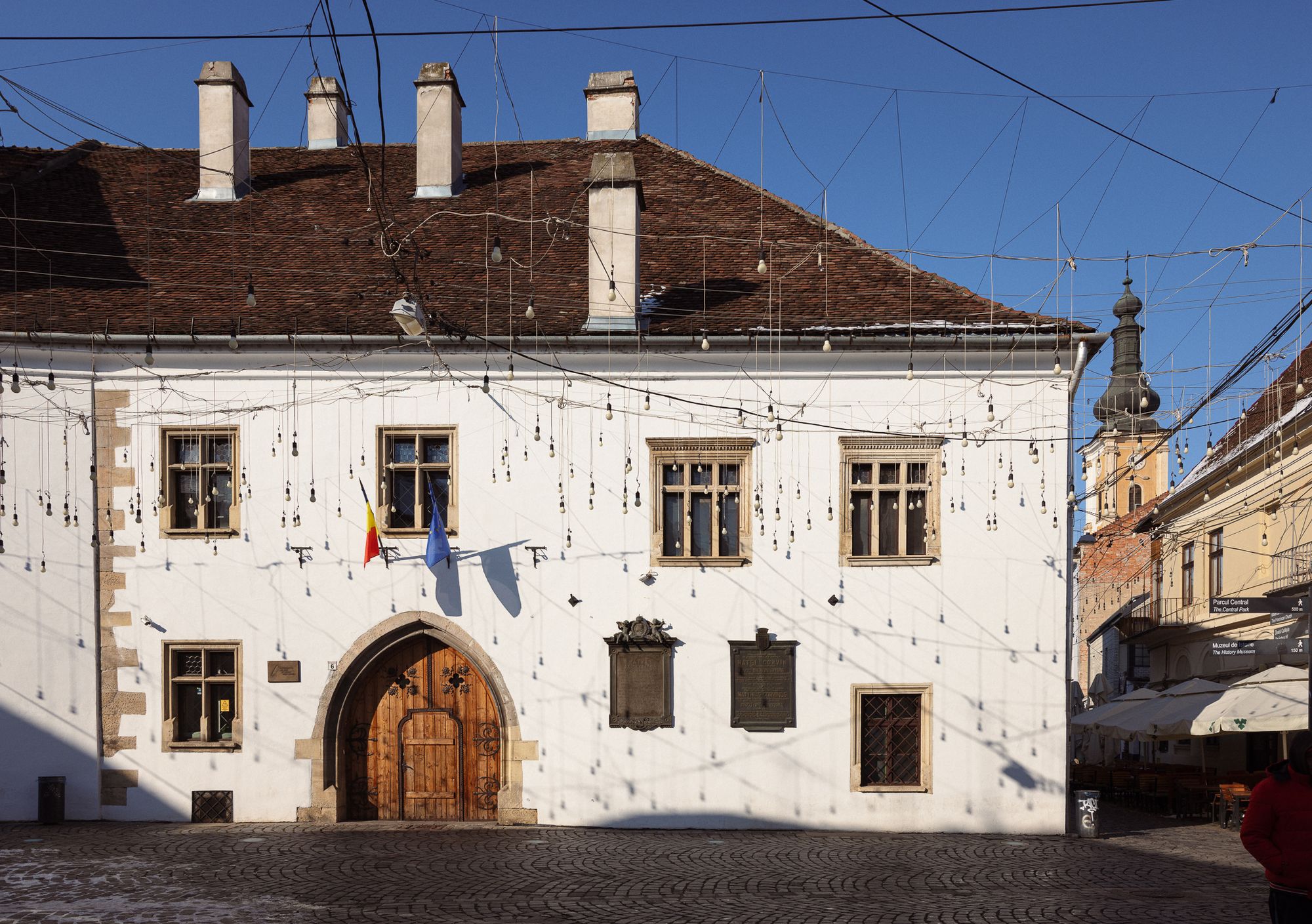
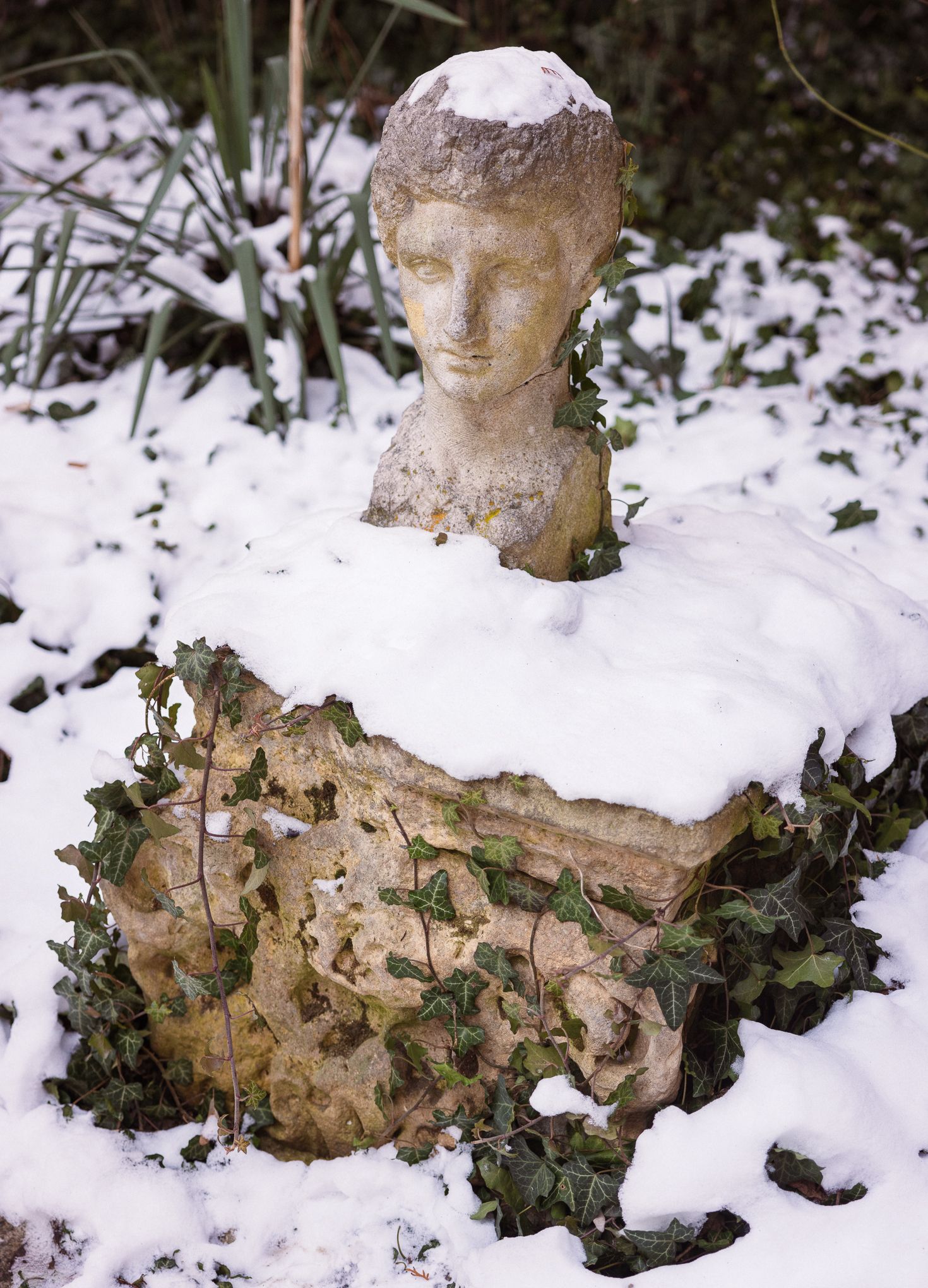
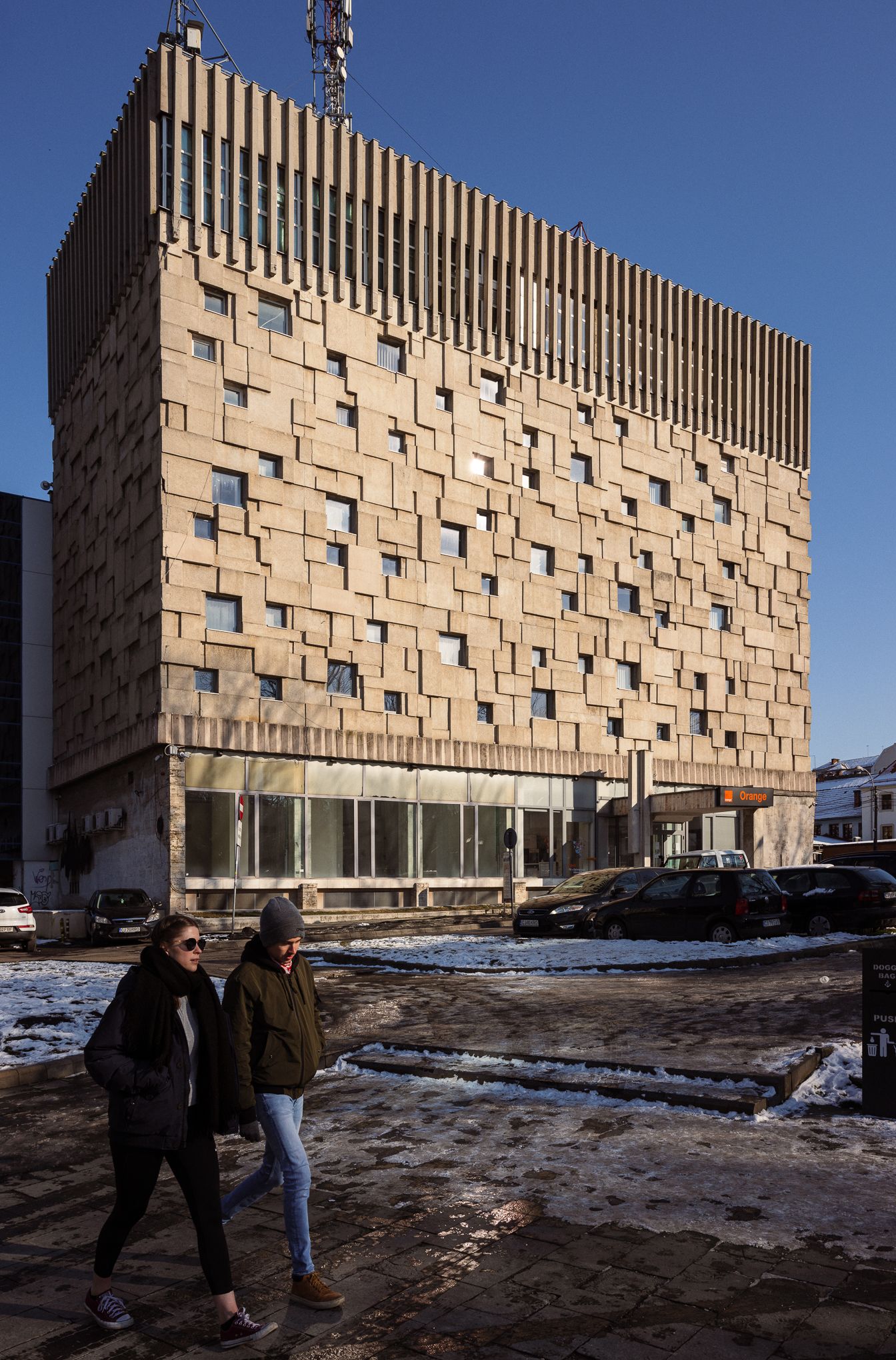
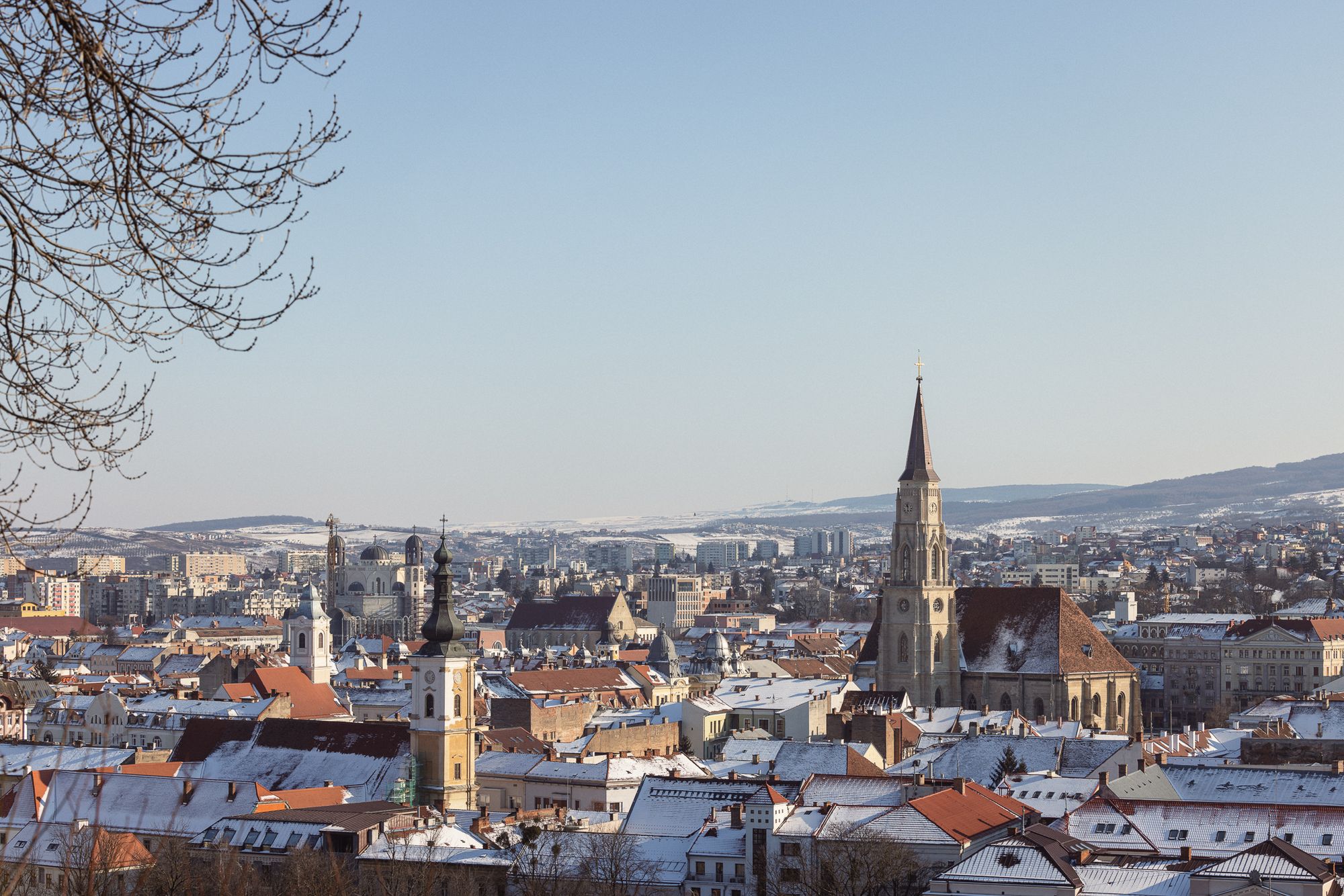
The Tailors’ Bastion is an important historical monument as it is the remnant of the old city wall; next to it is the Gothic-style Calvinist Church of Farkas Street, the Calvinist community’s local center. The role of Protestants was so influential in Transylvania that the Edict of Torda in 1568 could make peace among all Christian branches, a century before the same could happen in Western Europe. Moreover, in the same year, one of the first Unitarian Churches was established in Cluj-Napoca, led by bishop Ferenc Dávid. If you want to relax a bit and the city’s hustle and bustle starts to get overwhelming, you should head to Cluj’s 13 hectares Central Park (Sétatér in Hungarian and Parcul Central in Romanian), with chestnut trees that are over a hundred years old. Nearby is Cluj’s hilltop, the Cetățuia (Fellegvár in Hungarian), where once a fortress stood, but today only some of its ruins remained. In the 1970s, the iconic Hotel Belvedere, a socialist realist masterpiece, was built on the top of the hill, dominating the skyline. If you are in the mood for culture, there is a theatre and opera in the city, with plays both in Hungarian and Romanian. Cluj’s Romanian National Opera is an extraordinary building with a huge Orthodox cathedral next to it. The city is an excellent place for those too who are interested in socialist realism and Brutalist architecture: head to Mănăștur (Hungarian: Kolozsmonostor) and Mărăști for some surprisingly interesting buildings.
To eat or not to be?
Do not miss the authentic Transylvanian cuisine when in Cluj; it is an excellent mixture of Hungarian, Saxon, and Romanian cuisines with a unique character. Our favorite is the Bulgakov Café, one of the hubs of the local Hungarian community, a legend and a concept on its own for some regulars. The menu is superb; start with the sour veal soup, a Transylvanian classic, which is the perfect end to a long sightseeing tour, both in taste and portion. Another specialty is the tripe soup; it is definitely recommended for those who are up to some culinary adventures. The Carpathian fuzzy (chicken breast fried in grated potato coating, topped with cheese and sour cream with garlic) is an excellent traditional choice for the main course. But do not worry if you do not fancy it, as Bulgakov has a wide selection of main dishes no one will be left hungry. Our favorite from the grill menu is the miccs (Romanian grilled ground meat fingers), which can be a perfect end to a great dinner with fresh cabbage salad and bread.
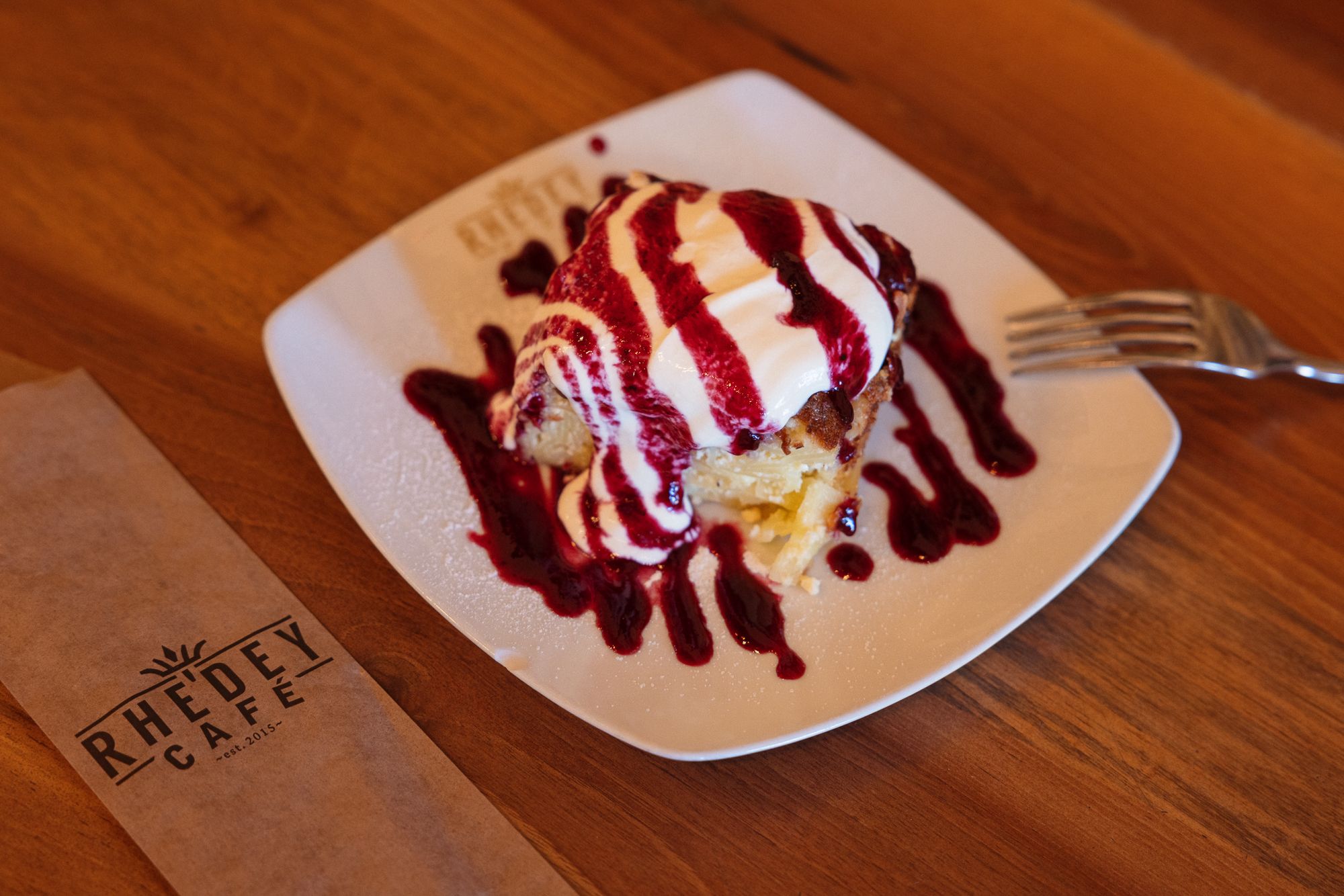
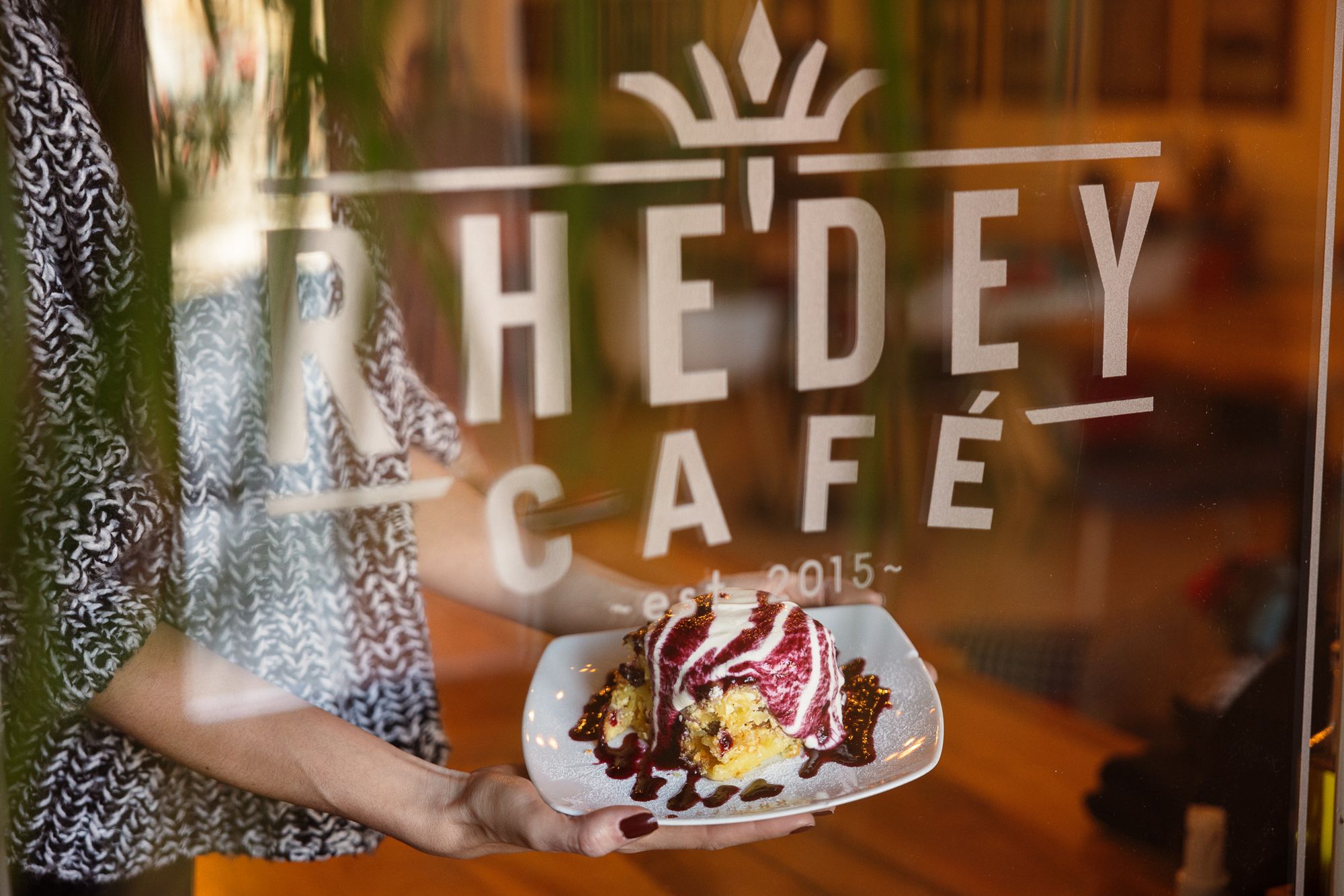
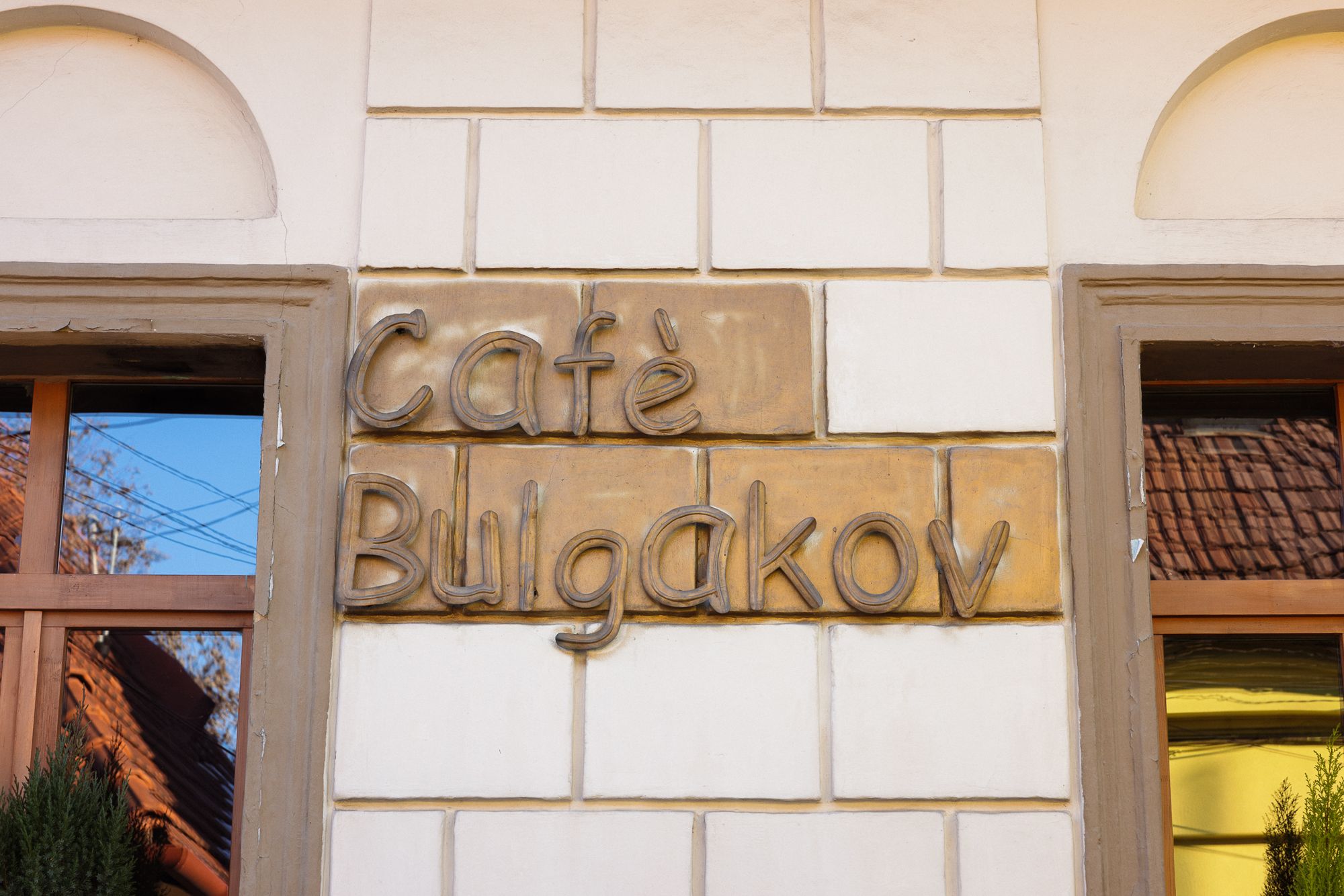
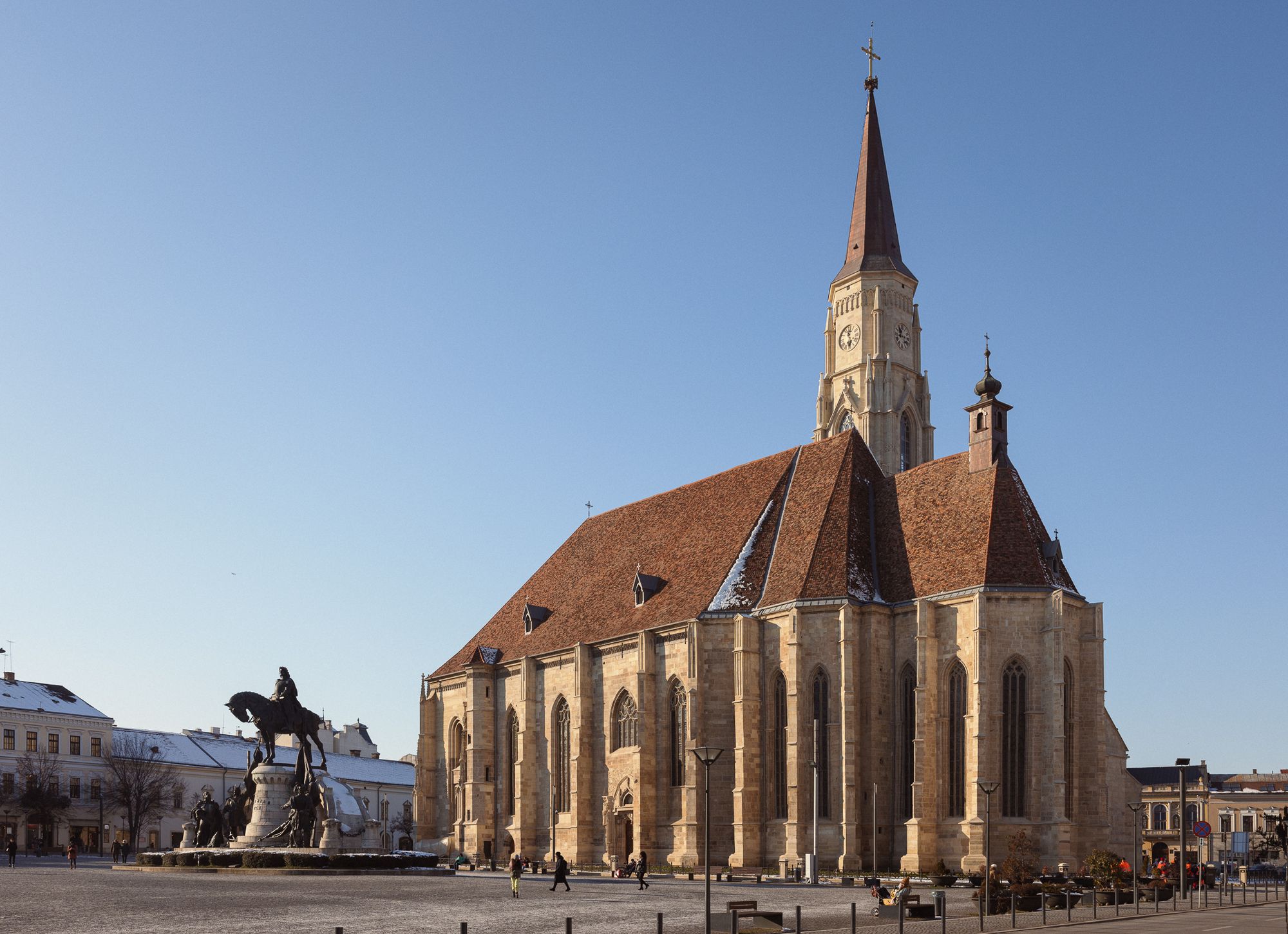

For a delicious dessert, visit the Rhédey Café in the main square, where you can enjoy a coffee with Cluj’s traditional vargabéles (Hungarian noodle cheese pie). In the old times, a plane brought fresh vargabéles from Cluj-Napoca to Budapest every morning, so the gentlemen of the Hungarian capital could enjoy the original dessert in the afternoon. Although these days are gone, today we could come by plane to try the traditional vargabéles, and we were not disappointed. We can guarantee: Cluj is an exciting city, and it will not disappoint any traveler who wants to see something different but also familiar to Hungary.
Cluj-Napoca can be reached from Budapest, the Hungarian capital, three days a week with Aeroexpress Regional flights.
Photos by Balázs Mohai

Book+covers | Stanisław Lem: Solaris

Bratislava’s biggest fountain revived










